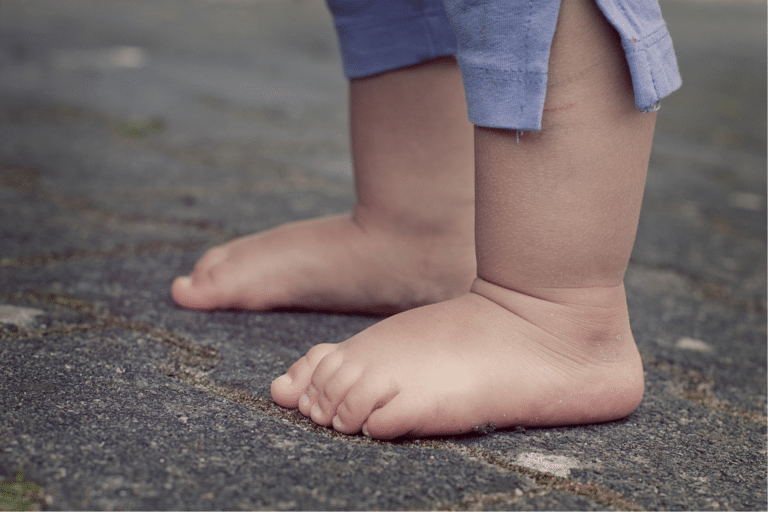Childhood diseases are really common, children are exceptionally good at sharing germs and bugs amongst themselves, especially once they’re in groups for childcare, nursery or school! The good news about this is that it means by adulthood, we’ve been exposed to lots of different illnesses and developed antibodies and immunity to them or been vaccinated against them. If this is the case, the diseases pose very little harm if we come into contact with them when pregnant.
If you are pregnant and you’re unsure whether you’ve had exposure or immunisation prior to pregnancy or you think you’ve got symptoms of a common childhood disease such as Slapped Cheek (parvovirus B19 or fifth’s disease), chicken pox, rubella or hand, foot and mouth disease, let your midwife or GP know and they may arrange testing to check your immunity to the virus. Rubella is known to cause serious damage to babies if caught in early pregnancy so you should seek medical advice urgently if you think you have been exposed to it.
We have lots more information on illness in pregnancy, in the Anya app.
What is Rubella (German Measles)?
Rubella, or German measles, is a mild viral disease. Before the MMR (measles, mumps and rubella) vaccine was used, rubella used to be common in childhood. Symptoms are largely a rash and a mild fever in most children, but of course, always speak to your medical professionals if you have concerns.
What is Hand Foot and Mouth Disease?
Hand, foot and mouth disease is a mild illness caused by a viral infection. Symptoms include mouth ulcers and spots on the tongue, hands and feet, which may turn into raised blisters. A fever is another possible symptom.
The infection has nothing to do with foot and mouth disease which affects cattle, sheep and pigs.
Although it can be uncomfortable it isn’t a serious illness and usually clears up by itself within 7-10 days. Antibiotics won’t help because it’s viral.
What is Slapped Cheek Syndrome (Fifth Disease, Parvo B19)?
Slapped cheek syndrome is caused by the parvo B19 virus – and is also called Fifth Disease. In addition to the red chic appearance, commonly seen, symptoms include a slightly high temperature (fever) of around 38° C, a runny nose, sore throat, headache, an upset, tummy, and feeling generally unwell
Most adults have been exposed to it at some point in their lives and therefore have immunity to it.
Slapped cheek syndrome in adults doesn’t always cause symptoms, so you may not realise you’ve been infected.
What is Chicken Pox (Varicella)?
Around 95% of adults are immune to chickenpox infection, because so many children encounter it at nursery or school. But if you are pregnant and have never had chickenpox (or you’re unsure if you’ve had it) and you come into contact with a child or adult who does, speak to your GP, obstetrician or midwife immediately. A blood test will find out if you’re immune – if you’ve had chicken pox you’re highly likely to be immune to it, but the virus lies dormant and may flare up, particularly in times of stress or alterations to your immune system as shingles. Fortunately, If you’re pregnant and get shingles, there’s no danger to your pregnancy or baby. But you should be referred to a specialist, as you may need antiviral treatment.
Most people can recognise the classic rash of chickenpox in children, with itchy spots that become blisters, and then scabs. It can be quite irritating for the little one, but there are plenty of home remedies available to manage the discomfort.
What is Cytomegalovirus (CMV)?
There is also a virus called CMV (cytomegalovirus). This is NOT actually a STI (sexually transmitted infection) but it is part of the herpes group, the same as cold sores and chickenpox.
Often, there can be no sign of illness in toddlers, but it may cause cough and cold symptoms and fever, a rash and fever, or an illness, a bit like glandular fever, where the glands of the neck swell.











